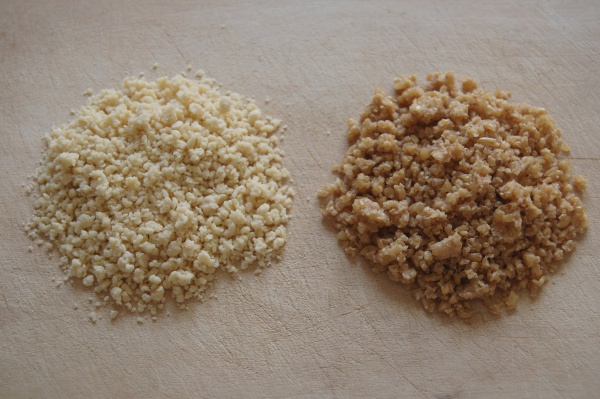Facts About Tarhana
Tarhana is a cherished dried food ingredient that holds a prominent place in Southeast European and Middle Eastern cuisines. Crafted from a fermented blend of grains and yogurt or fermented milk, tarhana features a coarse, crumbly texture. It is most commonly transformed into a hearty, thick soup by adding water, stock, or milk. Due to its acidic properties and low moisture content, tarhana boasts an impressive shelf life.
This versatile ingredient varies by region. For example, Armenian tarkhana, Greek trahanas, and Turkish tarhana each present unique variations of the recipe.
The origin of the word "tarhana" is somewhat enigmatic. Some suggest it derives from ancient Greek terms, while others trace its roots to Persian. Historical Persian texts from the 11th and 13th centuries mention "tarkhana" which might translate to "watered or soaked food" in Persian. The diverse names and versions of tarhana across regions highlight its widespread appeal and the local adaptations that make each variety distinct.
The process of making tarhana is somewhat of an art form. Flour, yogurt or sour milk, and other ingredients are combined and left to ferment, imparting tarhana with its signature sour taste. After fermentation, the mixture is dried and ground. When ready to use, it is simply mixed with stock, water, or milk to create a thick soup. In some regions, people fry tarhana before cooking it in liquid, or they shape it into pasta-like chunks that are dried and later crushed for soup preparation.

 United Kingdom
United Kingdom